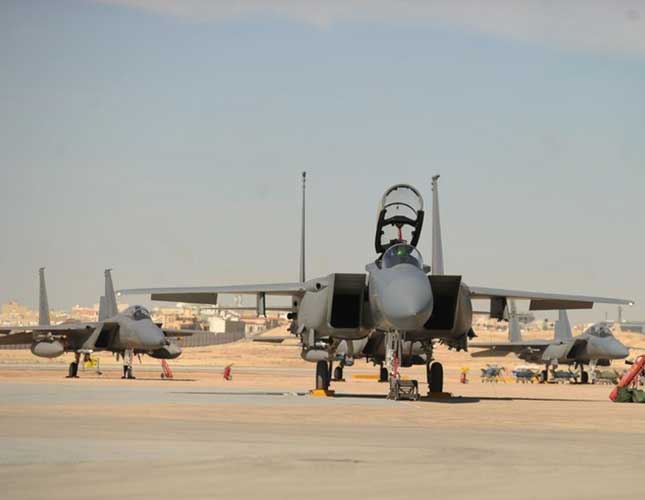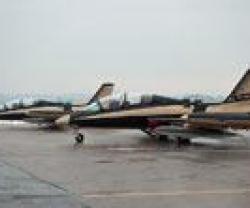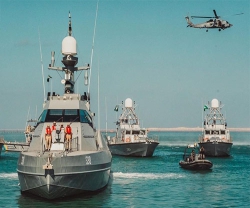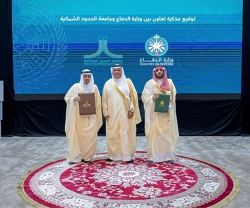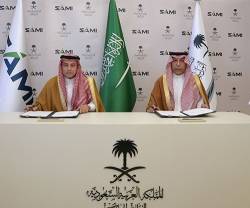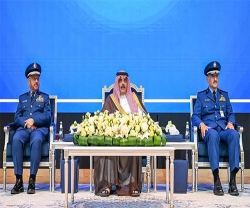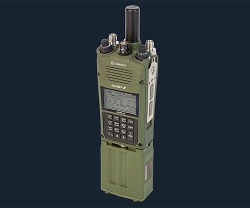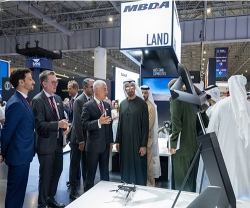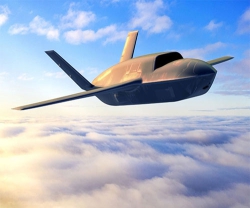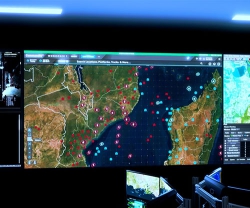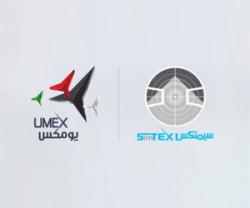The Royal Saudi Air Force announced that the F15-Saudi Advance (SA) fighter was put into commission, among other air combat fighters, as part of the Air Force plans to upgrade its fleet of fighter jets, ushering in a new era in the capabilities and readiness of Saudi Arabia's air force.
The new aircraft is to add qualitative superiority to the Saudi Air Force capacity, in the Middle East skies, ensure access to the latest capabilities to protect the integral territory, preserve security and maintain stability of the region’s, against any possible external threats.
Commander of the Royal Saudi Air Force Pilot Major General Mohammed bin Saleh Al-Otaibi emphasized that the Kingdom will continue to maintain its security and stability by owning the most advanced capabilities of modern F15-SA planes.
In Mid-December 2016, Saudi Arabia has received the first batch of four Boeing F-15SA fighter jets, the most advanced F-15 Eagle fighter.
The aircraft completed a four day ferry flight from United States through United Kingdom to arrive at the King Khalid Air Base in Saudi Arabia. A U.S. Air Force MD KC-10A Extender aerial refueling aircraft supported the ferry flight including the Atlantic crossing.
Saudi Arabia ordered 84 F-15SA fighters along with kits to upgrade existing Royal Saudi Air Force (RSAF) fleet of 70 F-15S multi-role fighters to the SA configuration in 2010. The four jets delivered include two new aircraft and two jets re-manufactured to the SA configuration.
The F-15SA is equipped 11 wing weapon stations, two more than the F-15S, extending its already impressive 13 tonne weapon payload capability.
Upgraded avionics include a digital glass cockpit, fly-by-wire controls, a BAE Systems Digital Electronic Warfare System (DEWS), Joint Helmet Mounted Cueing Systems (JHMCS), a Raytheon APG-63(V)3 Active Electronically Scanned Array (AESA) radar, Link-16 Multifunctional Information Distribution System and AN/AAS-42 Infrared Search and Track (IRST) Systems.
The DEWS self-protection system can provide fully integrated radar warning, situational awareness, offensive targeting support and advanced electronic countermeasures, enabling deeper penetration against modern integrated air defense systems.
It is powered by two uprated General Electric F110-GE-129 engines rated at 29,000 lb (129 kN) each.
Flight testing of the first F-15SA began in 2013 and had a protracted development period. An unspecified issue with the digital fly-by-wire system delayed the delivery by almost one year.
First flown in 1986, the F-15 was designed as a twin seat fighter-bomber with the co-pilot to operate the ground attack weapons delivery system. It can fly at a max speed of 2.5 Mach and can operate at a Max altitude of 70,000 feet (21,336 m). Conformal fuel tanks attached to air intakes, below the wing roots, extend the combat range to 1000 nautical miles (1852 km) including 20 min loiter.
Armaments include 20 mm M61 Vulcan Cannons, AIM-9X SIDEWINDER Missiles, AIM-120C/7 Advanced Medium Range Air-to-Air Missiles (AMRAAM), Dual Mode Laser/Global Positioning System (GPS) Guided Munitions (500 lb, 2000 lb), GBU-24 PAVEWAY III Laser Guided Bombs (2000 lb), GBU-31B V3 Joint Direct Attack Munitions (JDAM) (2000 lb), CBU-105D/B Sensor Fuzed Weapons (SFW)/Wind Corrected Munitions Dispenser (WCMD), MK-82 500 lb, MK-84 2000 lb General Purpose Bombs, AGM-84 Block II HARPOON Missiles and AGM-88B HARM Missiles.
The trainers are to be delivered to Saudi Arabia by 2020.

